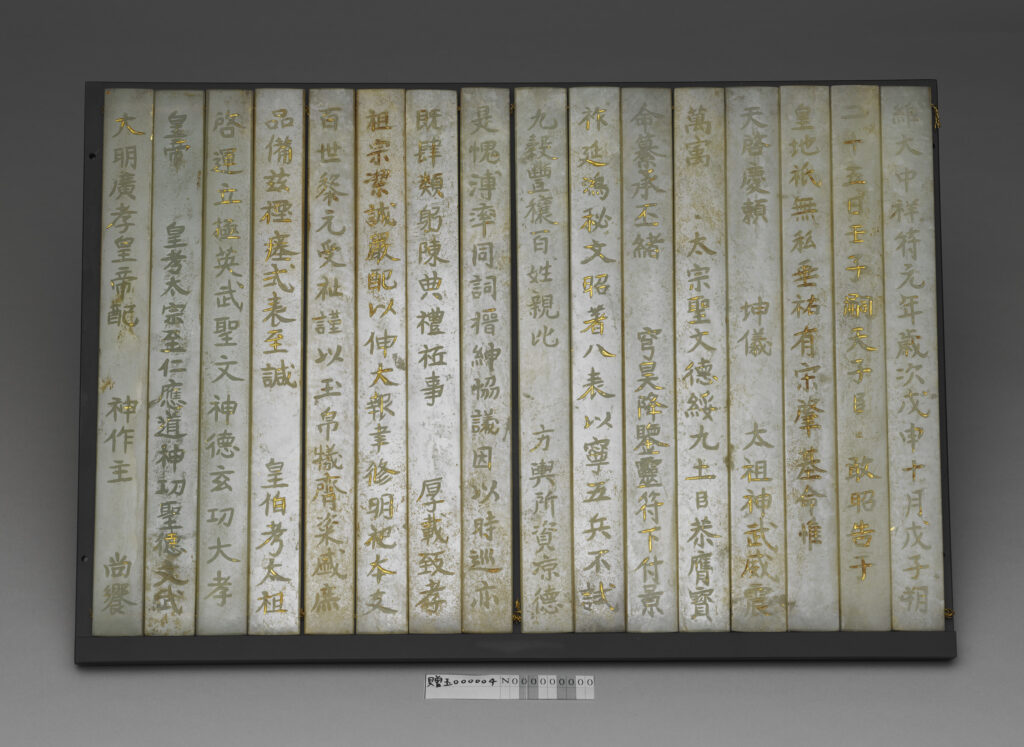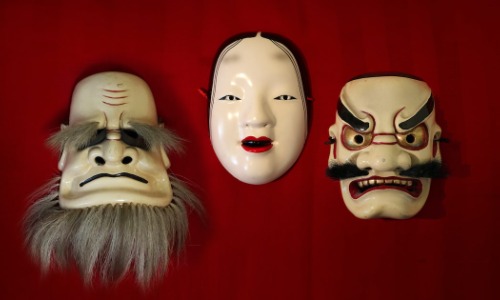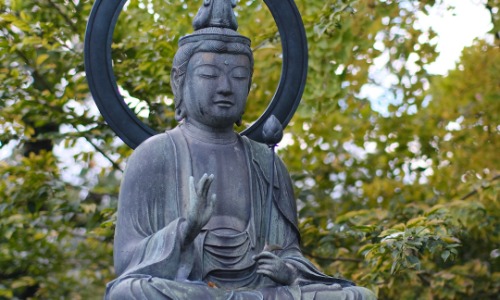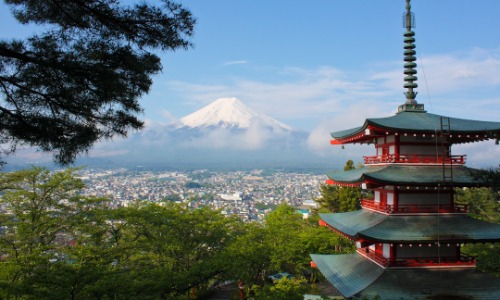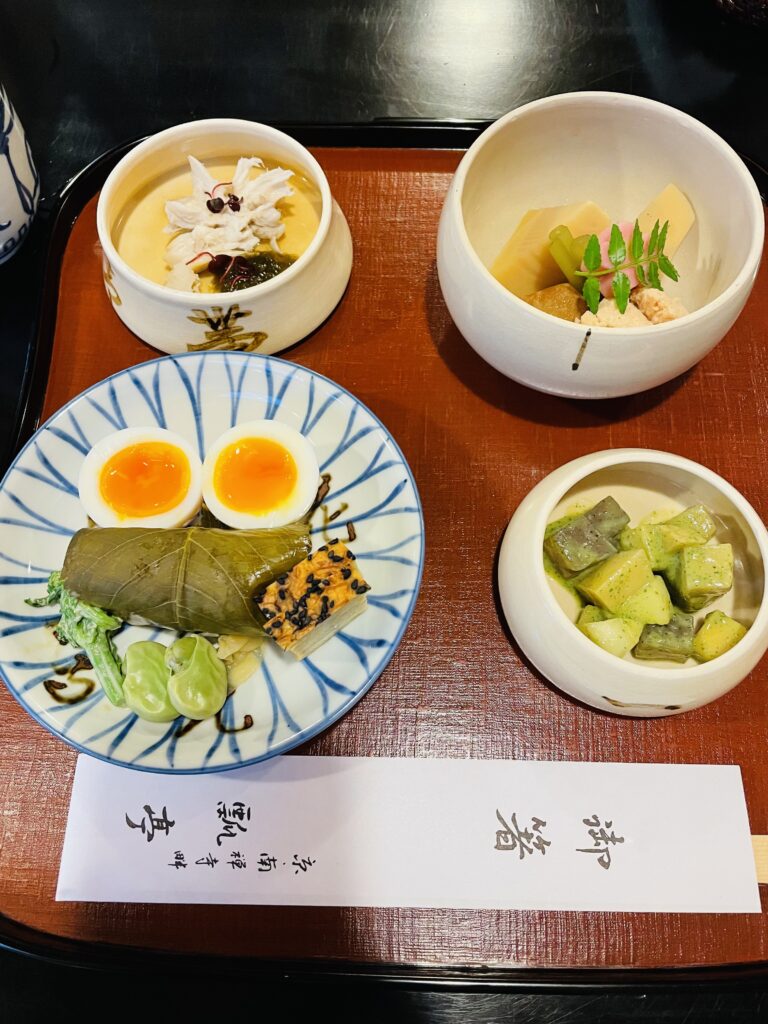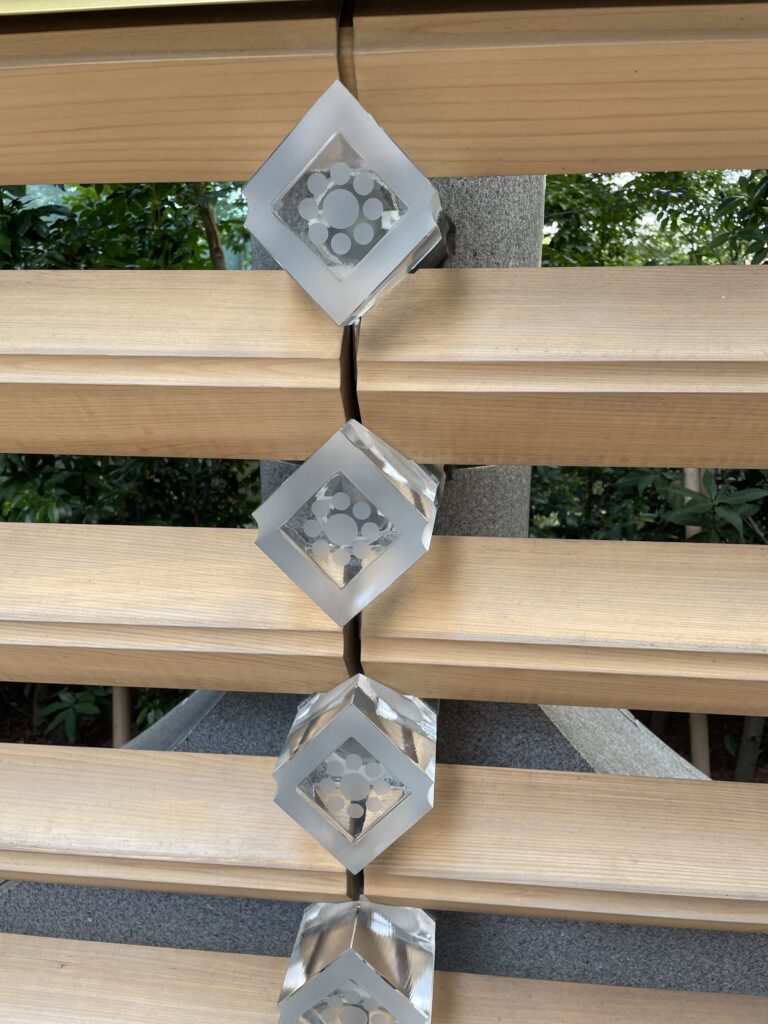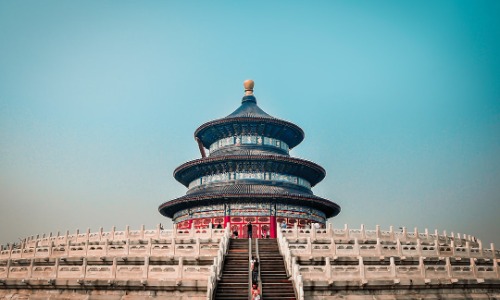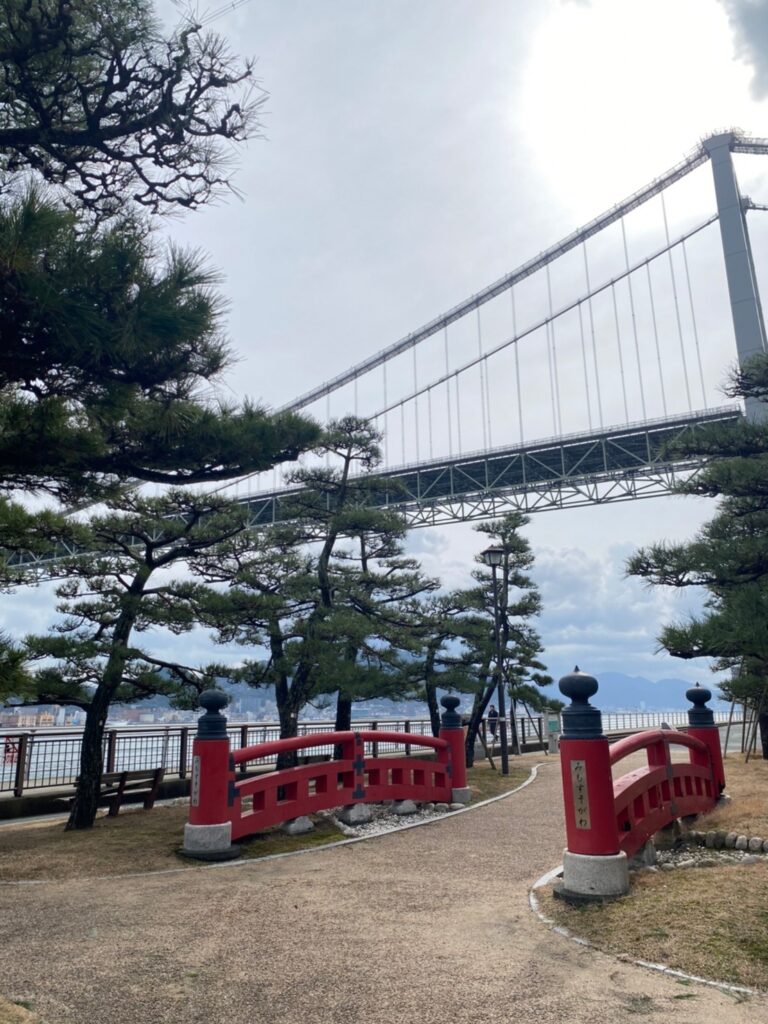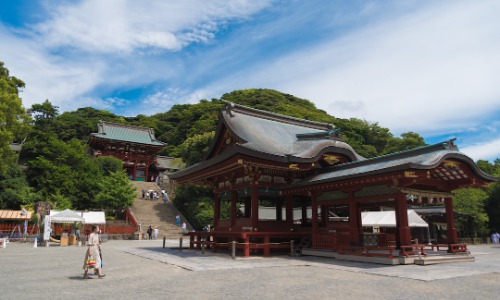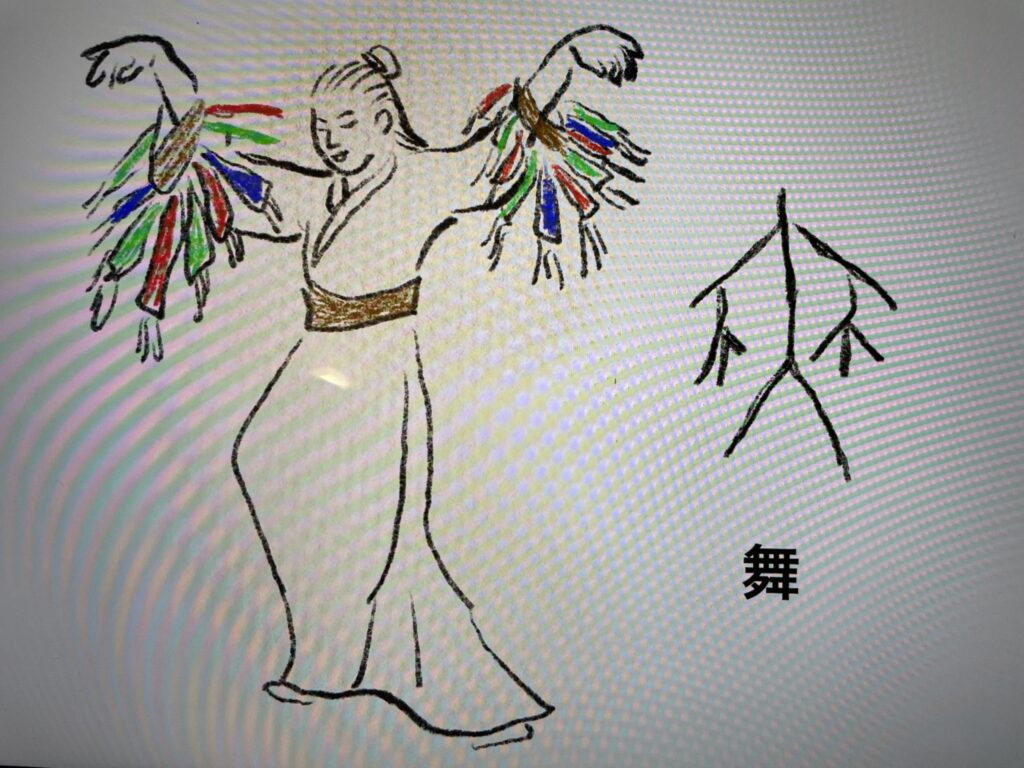2023
-

Enjoying Japanese Seabass (Suzuki) in Summer: Culinary Delights and Cultural Significance
If you’re traveling to Japan in the summer and visiting a sushi restaurant, I highly recommend you to try “Suzuki” (Japanese seabass). Seabass, along with other white-fleshed fish such as snapper and flounder, is characterized by its pale color and subtly rich flavor. The meat of the seabass is soft, light, and savory. Not only is seabass delicious when eaten raw, it’s also delightful when grilled. You might enjoy it in Italian restaurants in Japan where it’s served in dishes…
-

Ceremonial Traditions of Ancient China: The Fengshan Ritual and the Mandate of Heaven and the right of revolution
The National Palace Museum in Taiwan houses outstanding historical artifacts and treasures from China. In ancient China, there was a strict class distinction in rituals. Only the emperor could worship the gods of heaven and earth. Vassals and dignitaries were allowed to worship the mountains and rivers. The common people could worship their ancestors. This is a jade book, known as a “jade tablet”, modeled after the bamboo slips used for writing in ancient times. This jade tablet was used…
-

Evolution of the Samurai: From Common Origins to the Establishment of Bushido
The majority of the vassals who built the Kamakura Shogunate with Yoritomo were of common origin. In other words, they did not come from traditional aristocratic families or those related to the Emperor. They later came to be known as samurai. They held values distinct from the ruling class in Kyoto. They valued loyalty to their superiors, honor, and frugality. Originally members of trained armed groups, they gradually began to play the role of administrative officials under the Kamakura Shogunate.…
-

Originality through Imitation: The Artistic Philosophy of Zeami in Japanese Noh Theater
For the samurai class, supporting artists became one way to gain cultural and social prestige. This support served to bridge the gap between the samurai class and the court nobility centered around the emperor in the capital. Among those whom the Ashikaga Shogun Yoshimitsu protected, the most significant artists were Zeami and his father Kan’ami, who were not only actors who performed on stage themselves but also outstanding playwrights. They combined acrobatics, circus acts, magic, slapstick imitation, and so on,…
-

Evolution of Buddhism in Japan: From Privileged Classes to Common People and the Emergence of Zen
In 538 AD, Buddhism was introduced to Japan. Prince Shotoku promoted Buddhism as a political directive. This was because sharing a single teaching could contribute to the formation of the concept of a “nation”. At that time, Buddhism was meant to protect the country, that is, to shield against rampant diseases that humans could not handle and natural disasters. And that Buddhism was also something of the privileged class. First, only the emperor and the ruling class could pray for…
-

The Evolution of Japanese Writing: From Chinese Characters to a Unique System
Writing has played a crucial role in preserving Japan’s rich cultural heritage. Let’s explore how Japan developed its distinctive writing system and literary traditions. The Beginning: A Culture Without Writing Before developing their writing system, Japanese society relied entirely on oral tradition. Skilled storytellers passed down important legends and cultural stories from generation to generation, keeping their history alive through spoken word. The Chinese Influence When Japan began establishing connections with mainland China, they made a significant cultural borrowing: the…
-

The History of Shoen: State-Owned Land and the Rise of Private Estates in Japan
In 646, the Japanese Imperial Court declared all land as state-owned and conducted a population census. Adult citizens were given land, but were obligated to pay taxes on it. The legal system was also reformed, following the example of the Tang Dynasty in China. This resulted in imperial bureaucrats being selected to govern the country, and powerful aristocrats gradually became government officials. These reforms strengthened the centralized control of the emperor. Although the idea of giving land equally to all…
-

The Story of Taira no Masakado: Japan’s Forgotten Rebel Emperor
During the time of Taira no Masakado, Japan was a centralized state system ruled by the emperor, with local regions being governed and taxed by officials sent from the capital. The ruling class never left the capital and had no understanding of the corruption and heavy taxation imposed by local officials. Taira no Masakado initially followed the emperor’s officials, but in 929, when the Khitan leader Yelü Abaoji established himself as emperor and sent an envoy to Japan In 939,…
-

The Life and Legacy of Prince Su Zhong: A Qing Dynasty Prince and his Relationship with Kawashima Yoshiko
Kawashima Yoshiko was the 14th daughter of Prince Su, an eminent member of the Qing Dynasty who was one of the “Iron Hat Princes,” a title given to the eight most distinguished Manchu princes who had contributed to the founding of the dynasty. The first Prince Su was the eldest son of Emperor Hong Taiji and his primary consort, Empress Ulanara. Prince Su Zhong, the 10th Prince Su, played a role in protecting Japanese residents during the Boxer Rebellion in…
-

The Decline of Centralized Government in Japan: Rise of the Samurai and the Fall of the Taira Clan
The ideal of a central government centered around the emperor that would govern the land and its people began in the 7th century, but by the end of the 12th century, it had largely disappeared. Internal conflicts within the imperial family and among the aristocracy led to nobles being expelled from the court and settling in various regions, gradually accumulating independent power from the central government. At the same time, they wanted to have influence in the capital and eventually…
-

The Kamakura Shogunate and the Story of Shizu: A Tale of Power and Hidden Meanings
The Emperor was the highest authority in the center of aristocratic society and traditional culture, but he granted wide-ranging powers to the samurai Yoritomo to govern the country. This led to Yoritomo becoming known as the shogun when he established the Kamakura shogunate in 1192. Before becoming shogun, Yoritomo eliminated anyone who might compete with him for power, including his own half-brother. He ordered the pregnant wife of his brother, Shizu, who he had captured, to dance at a shrine…
-

The meaning of ‘Mai ‘ in Japanese culture and its portrayal in the movie ‘Myth’ starring Jackie Chan
The Japanese word “mai” translates to “dance,” but its meaning goes beyond that. ” mai” is a dance performed to please the gods, as indicated by its Chinese characters. It was also used to entertain the emperor. The movie “Myth,” starring Jackie Chan, offers a good example of this. In the movie, Qin Shi Huangdi, the emperor of China, collected beautiful princesses from neighboring countries to be kept in his palace. Among them were Korean princesses. One of the Korean…

